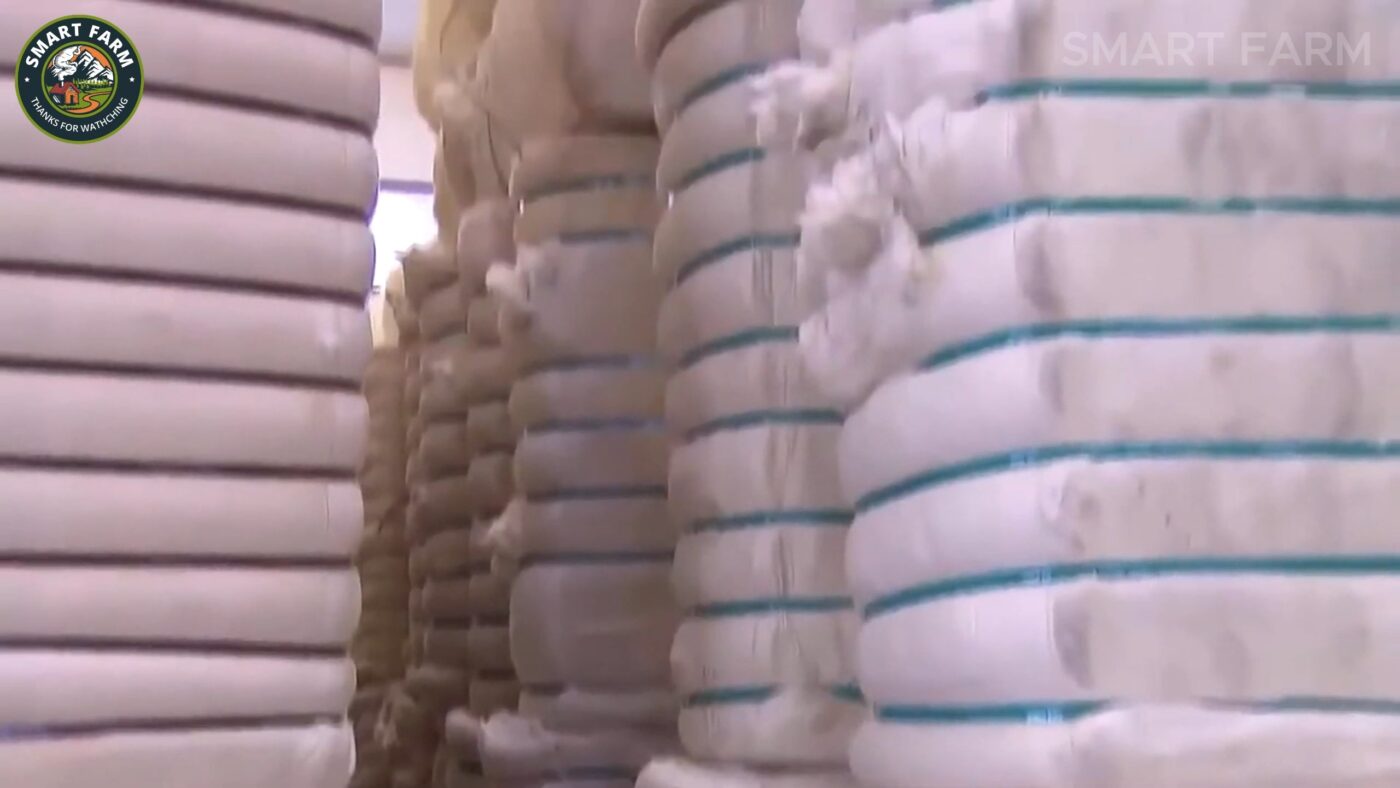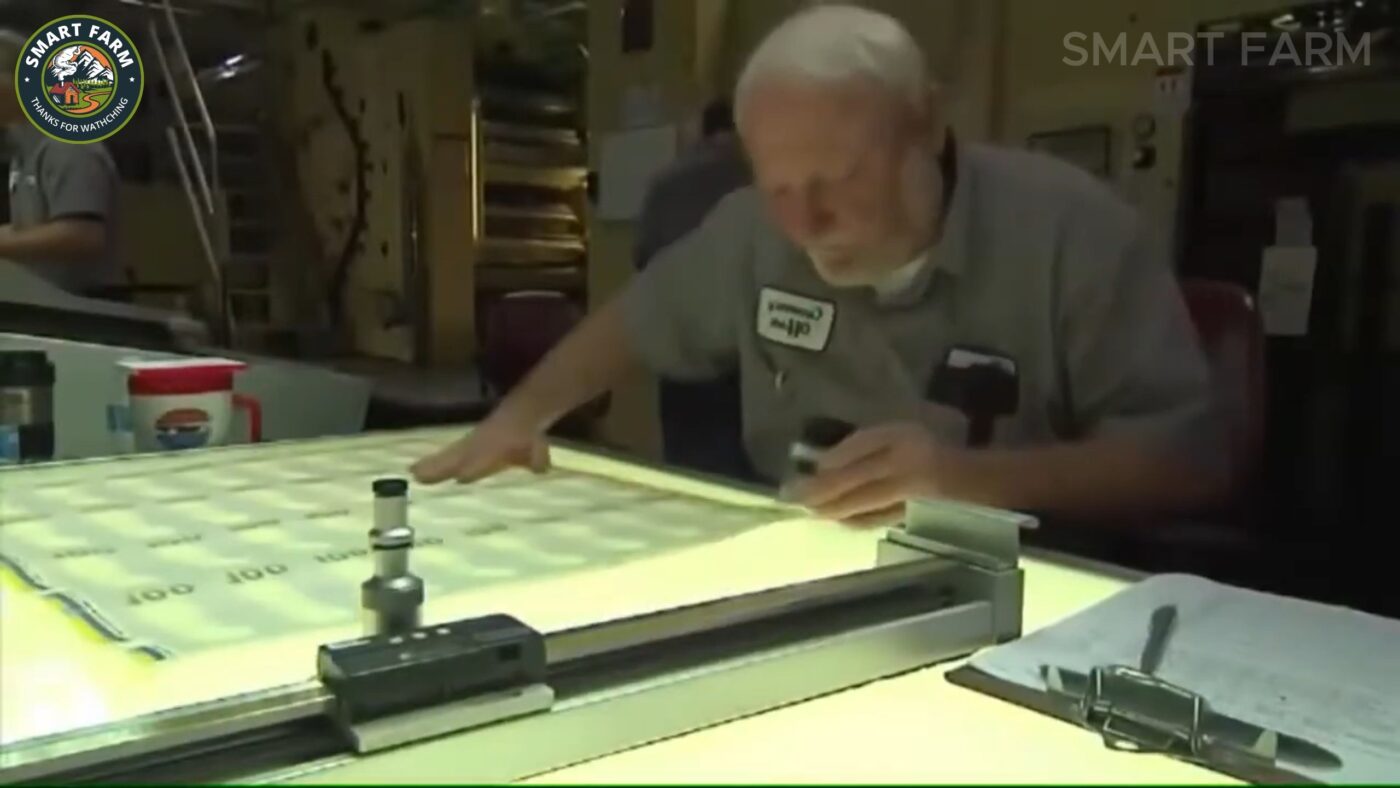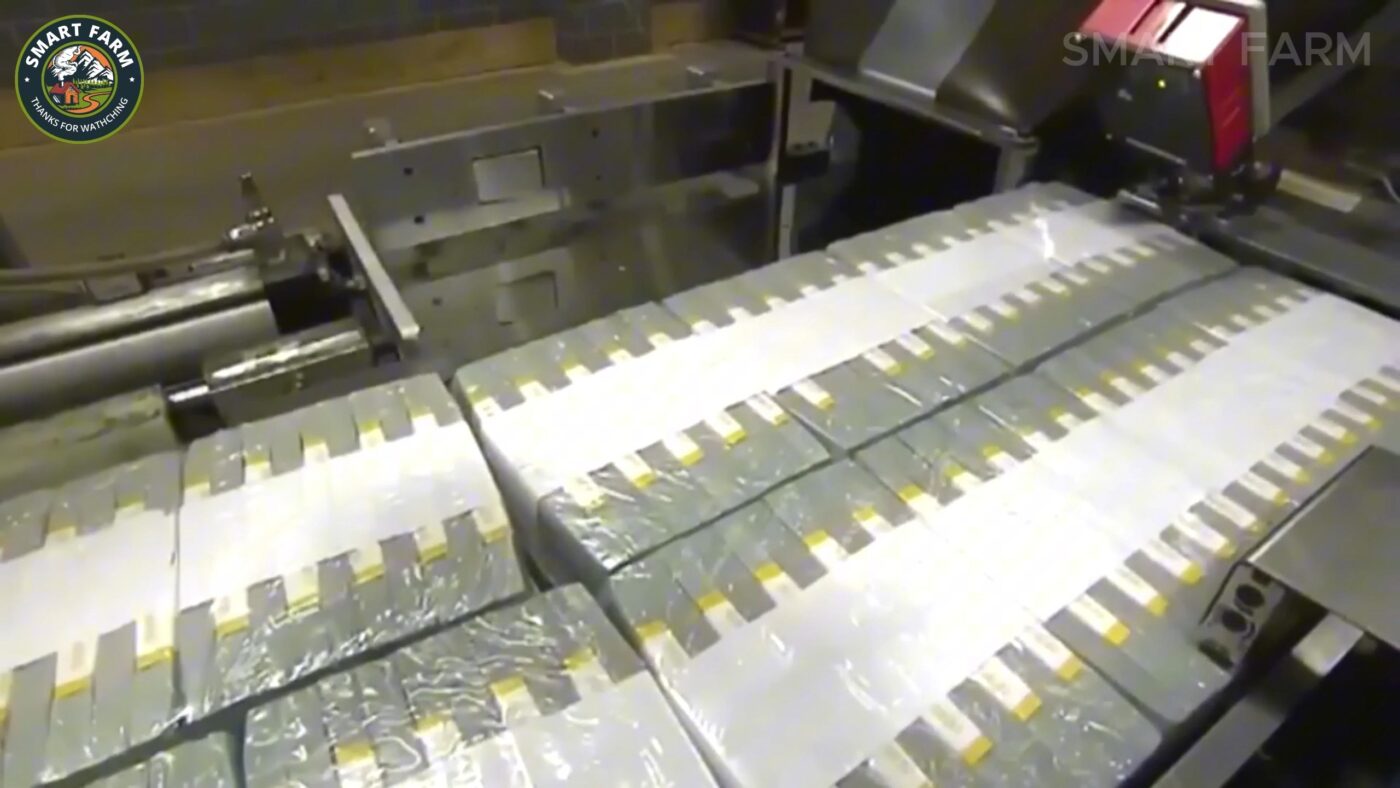Welcome to a fascinating and mysterious journey where we delve into every nook and cranny of the production process of the US $100 bill – one of the most powerful and trusted financial symbols in the world. This bill is not only a popular means of payment but also a representation of the trust, prestige and strength of the US economy.
But did you know that creating each $100 bill is a series of sophisticated steps, requiring the perfect combination of advanced technology, exquisite engraving art and top-notch security measures? From the selection of special raw materials, the production of separate paper, to the printing and quality control stages, everything is done with absolute precision to prevent counterfeiting and ensure the durability of the bill.
Each banknote we hold in our hands is the result of a combination of skillful hands, talented designers, and the most modern machinery systems in the world. Beneath that seemingly simple layer of paper is a long journey – where the smallest details are strictly controlled to create a product that is not only beautiful but also extremely safe and sustainable.

Nội dung bài viết
I. History of the dollar
Before diving into the production process, let’s take a look at the long and interesting history of the US dollar. Officially born in 1792 under the Coinage Act, the dollar quickly became the foundation of the US financial system, closely linked to the economic development and influence of this country around the world. Initially, the dollar was minted from precious metals such as silver and gold, but over time, to suit the needs of circulation and security, paper money gradually replaced it and underwent many improvements in design and technology.
In particular, the $100 bill – with the famous portrait of Benjamin Franklin, one of the “founding fathers” of the United States – not only has deep historical significance but is also a symbol of belief in the sustainability and economic strength of the United States. This is the highest denomination bill in circulation, widely loved and used not only domestically but also globally, demonstrating the international influence of the US dollar.
Over the past hundred years, the Federal Reserve (FED) and the Bureau of Engraving and Printing (BEP) have always pursued the mission of continuous improvement. They have applied advanced technology and top-notch security elements, while maintaining the sophistication of every design line. Elements such as security strips, watermarks and color-changing ink have been added through each version to combat counterfeiting and ensure transparency in circulation.

II. The production process of the 100 dollar bill
A $100 bill is more than just a valuable piece of paper; it is the result of a complex production process, with every detail meticulously considered. The process of producing a perfect bill involves raw material preparation, special paper production, high-tech printing, strict quality control, and finally cutting, packaging and global distribution.
1. Selection and preparation of raw materials
It all starts with the choice of raw materials. Unlike regular paper, the paper used for the $100 bill is made from a unique blend of 75% cotton and 25% linen fibers. This blend creates exceptional strength, allowing the bill to withstand repeated folding and long-term use. Additionally, security threads and complex watermarks are built into the paper to enhance its anti-counterfeiting capabilities.

2. Paper making process
Once the raw materials are fully prepared, the production of special paper begins. Unlike regular paper, this type of paper is manufactured in specialized factories with strict security procedures, all under the close supervision of the Bureau of Engraving and Printing (BEP). The special feature of this type of paper is that it is made from 75% cotton and 25% linen fibers, making it much more durable than regular paper, while also being tear-resistant and able to withstand wear and tear during circulation.
An important factor in the paper production process is the integration of security fibers and watermarks directly into the paper structure. Details such as the hidden portrait of Benjamin Franklin will only be visible under strong light, making it easy for users to authenticate the bill. Not only that, the paper also contains tiny colored fibers that are randomly distributed, making counterfeiting extremely difficult.
Another notable technology is the 3D security strip. This strip is more than just a thin line, it creates a special visual effect when the note is tilted under the light. You will see the patterns move or change, a feature that counterfeiters have a hard time replicating. Every detail, from the paper thread to the watermark and security strip, is designed to provide maximum security and maintain the aesthetic of the note.

3. Printing process
Next in the production process is the printing stage, where art and technology come together to create a bill that is not only beautiful but also meets the highest security standards. The printing process is divided into many complex layers, each playing an important role in giving the $100 bill its exquisite appearance.
First, a light blue base layer is printed using the offset method, allowing the color to be applied evenly to the paper with absolute precision. This method not only creates a background for other details, but also makes the bill appear uniform in color and design, creating a foundation for the following stages.
Then comes the intaglio stage – one of the most sophisticated printing techniques. In this technique, raised details such as the portrait of Benjamin Franklin, Independence Hall, and the words “The United States of America” are deeply engraved into the surface of the printing plate and printed onto the paper with extreme pressure. The result is a raised pattern that can be felt by hand, giving the bill a distinct feel that counterfeiters find difficult to replicate.
Next, a special layer of anti-counterfeiting ink is added, which changes color as you tilt the bill at different angles. On the $100 bill, you’ll see the “100” change from copper to green, a feature that not only creates a beautiful visual effect but also serves an important security purpose.
In addition, other intricate printing details such as delicate patterned borders, unique serial numbers, and the Federal Reserve Seal are added to complete the bill. The combination of raised printing techniques, color-changing ink, and detailed designs ensures that each $100 bill is not only durable but also virtually impossible to counterfeit.

4. Quality control
Once the printing process is complete, each note undergoes a rigorous quality control process using both state-of-the-art technology and human supervision. Sophisticated scanners scan every detail of the note, from color, alignment to surface texture, to detect even the smallest errors. If any discrepancy is detected in accuracy, ink color or printing position, the note is immediately discarded to ensure that no error has escaped the process.
In addition to machines, a team of highly skilled staff also participates in random inspections to compare and confirm product quality. Quality control not only ensures that each $100 note in circulation meets perfect standards, but also maintains the user’s confidence in the accuracy and durability of the currency. It is thanks to the meticulousness in each inspection that the $100 note is not only a financial instrument but also a symbol of absolute prestige and quality.

5. Cutting, packaging and distribution
After passing the inspection stage, the notes are cut and packaged according to standard specifications. A large sheet of paper containing many notes is precisely cut into individual notes. They are then packaged into bundles and shipped to central banks, where they are ready to be distributed to commercial banks and circulated globally. The shipping process also follows high security standards to ensure that the money arrives safely and intact.

III. CONCLUDE
So we have gone through the journey from raw materials to the US $ 100 bill circulating in the world. Each bill not only has economic value but also is a testament to the sophistication of modern technology and manufacturing art. That is why the $ 100 bill is always a globally respected symbol. Thank you for accompanying us on this journey. See you in the next programs!
 Skip to content
Skip to content








